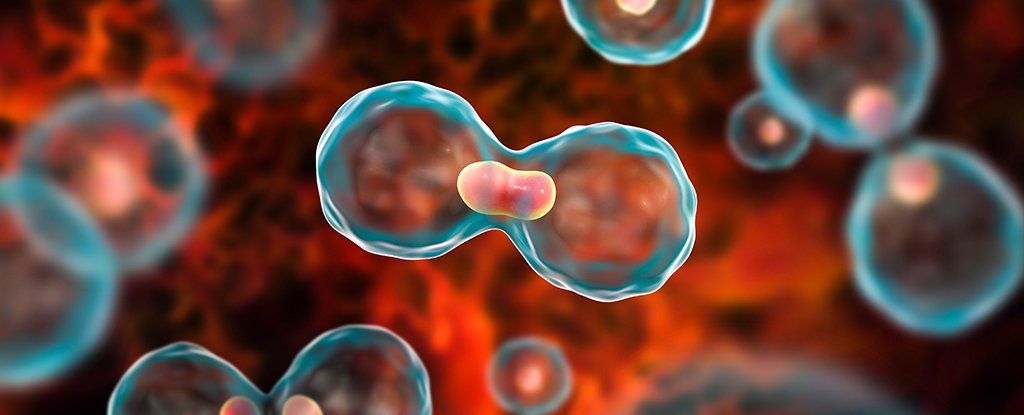Women of coloration and young ladies may face improved risks of developing triple-negative breast cancers, a kind of most cancers that spreads more speedy than maximum other types and does not reply well to hormone or focused treatment options; an examination published in CANCER, a peer-reviewed journal of the American Cancer Society, shows.
Previous U.S. Research has observed racial disparities in triple-terrible breast cancer diagnoses, but few have been regarded beyond the scope of one state. To behavior look, researchers at the Georgia State University School of Public Health analyzed all breast cancer cases diagnosed in 2010-14 from the American Cancer Statistics database, a surveillance device of cancer registries with records representing 99 percent of the U.S. Population.
The researchers exposed a vast occurrence of triple-terrible breast cancer for women of color, especially non-Hispanic black girls and younger girls. The team recognized more than 1.15 million instances of breast cancer, with triple-terrible samples accounting for approximately 8.4 percent of all cases. Compared with non-Hispanic white ladies, non-Hispanic black and Hispanic women had better odds of being recognized with triple-poor breast cancer, respectively.

More than 21 percent of non-Hispanic black women have been diagnosed with triple-negative breast cancers, compared with much less than 11 percent for all other breast cancers. Women younger than 40 had twice the odds of being recognized with triple-terrible breast cancers than girls aged 50-64. Also, amongst ladies identified with breast cancer, those identified at late ranges have been sixty-nine percent more likely to have triple-bad cancer than different sorts.
“Our outcomes display that African American women of younger age are much more likely to be diagnosed with triple bad breast cancers than younger girls of different ethnicities,” said Dora Il’yasova, epidemiologist and accomplice professor inside the School of Public Health at Georgia State. The researchers cited that because of the aggressive nature of triple-negative breast cancer and the absence of healing alternatives, it’s more important to recognize which people face a higher hazard and what factors may influence this chance.
“Until we have proof of what environmental and genetic additives contribute to this chance, it’s miles vital that women recognize their familial history of breast cancers, speak that with their physicians, and observe screening suggestions,” said Lia Scott, lead researcher, current doctoral graduate of the Georgia State University School of Public Health (Ph.D. ’18), and present-day Steven M. Teutsch Prevention Effectiveness Fellow with the Centers for Disease Control and Prevention Division of Cancer Prevention & Control. “We desire that this update on the epidemiology of triple-poor breast cancers can provide a basis to explore contributing elements in destiny studies.”
According to the American Cancer Society, most breast cancers are specially categorized using three proteins that could affect cancer’s boom: the estrogen hormone receptor, the progesterone hormone receptor, and the human epidermal growth element receptor 2 (HER2). Triple-poor breast cancers do not have any of the receptors, making it difficult to become aware of what’s fueling the cancer’s increase.
Doctors have fewer alternatives for targeted treatment to wreck those cancer cells. Chemotherapy is an effective choice for treating this most common cancer and lowering the risk of its returning. This look became funded by the National Institute on Minority Health and Health Disparities of the National Institutes of Health. The findings and conclusions in this document are the ones of the authors and do not necessarily represent the legitimate position of the Centers for Disease Control and Prevention.




